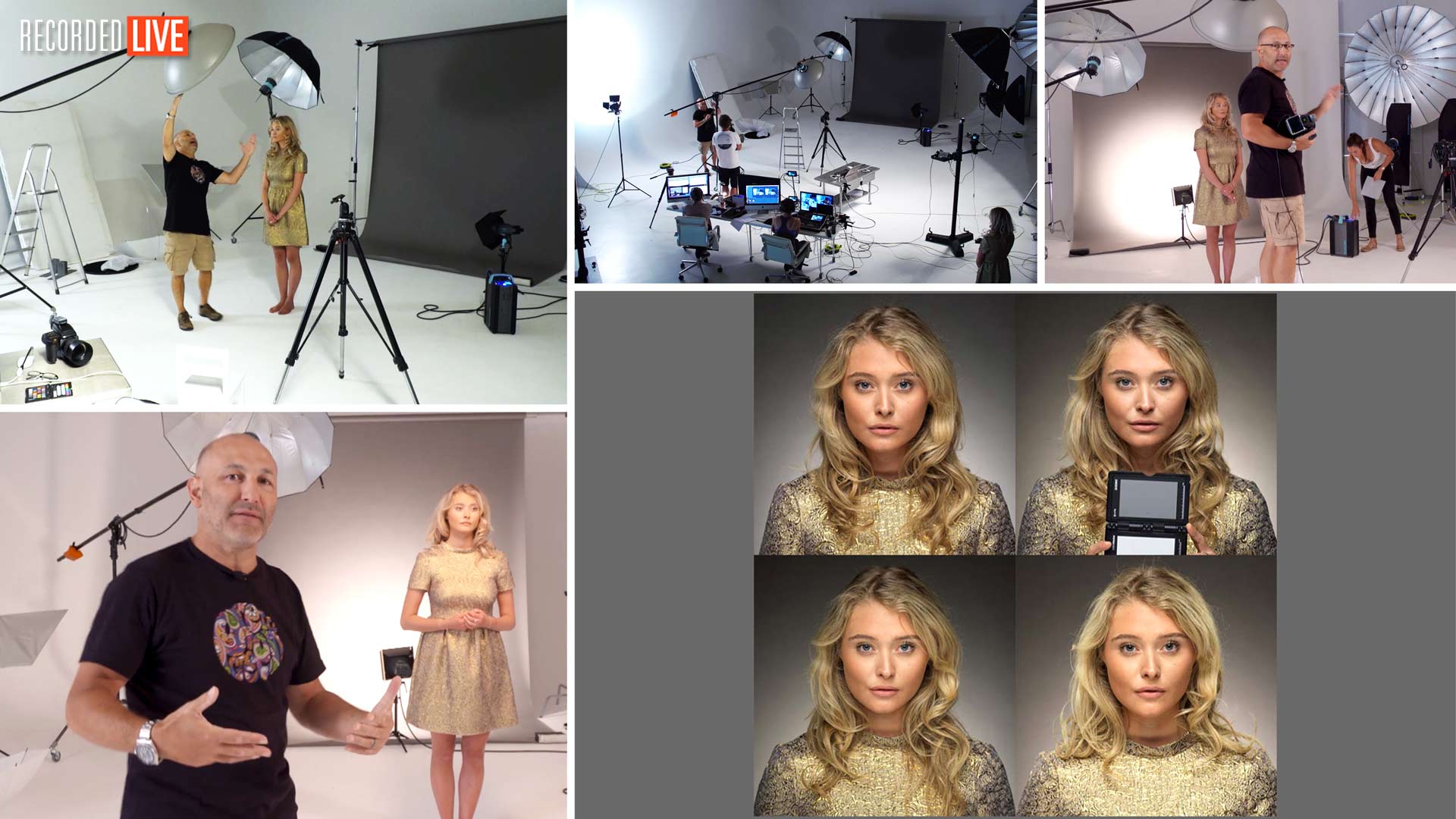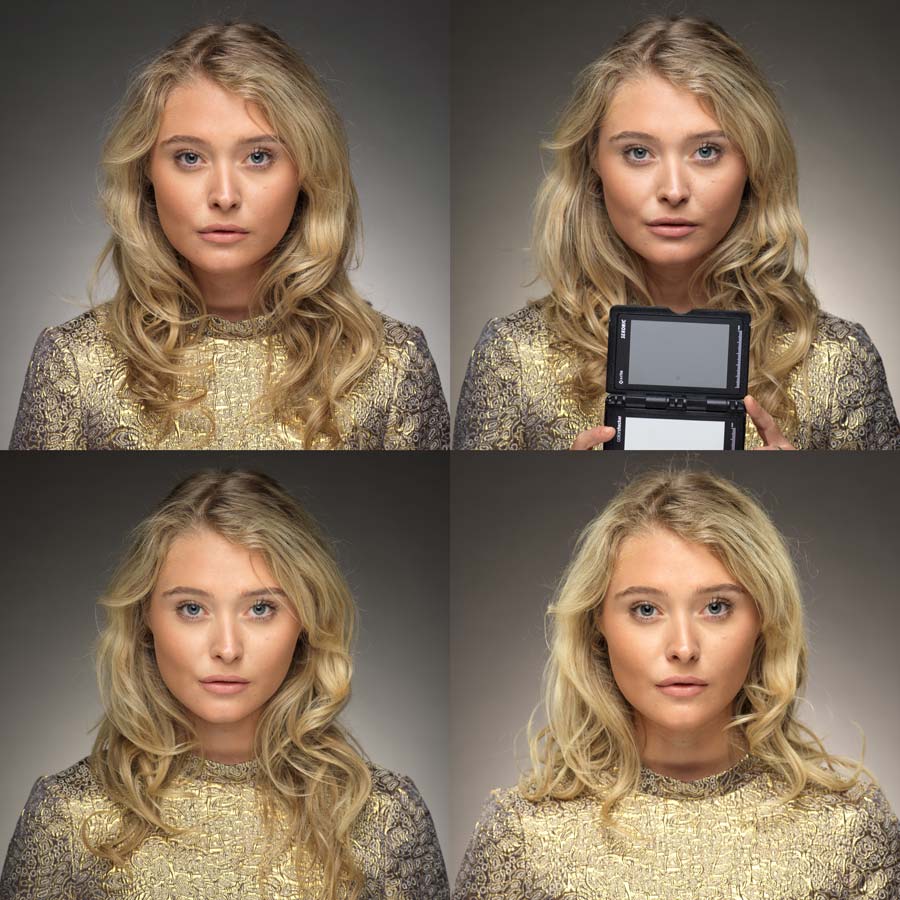Mastering the Beauty Dish
Go deep on the dish.
In this photography workshop, recorded LIVE, professional photographer Karl Taylor demonstrates what you can achieve with precise control and in-depth knowledge.
This class is devoted to that highly popular lighting modifier, the beauty dish. Shooting live, he demonstrates some of the most effective ways to use the beauty dish and also provides comparisons between that and other popular lighting modifiers.
This step-by-step shoot provides clear explanations of how the beauty dish works, the best ways to use the beauty dish and common modifiers that could be used instead. It’s an insightful show that sheds light on a commonly misunderstood yet popular modifier.
In this workshop:
- What is a beauty dish
- How to use a beauty dish
- How to modify a beauty dish
- Using a beauty dish in a multiple-light setup
- Lighting modifier comparisons: Beauty dish vs umbrellas
You can read more about the beauty dish here, and you may also find this beauty dish lighting for fashion photography interesting.
Questions for Karl? Post them in the comments section below.



Comments
Hi. I wanna ask why you use the grey Checker rather than the white when you adjust your white balance I have learned to check the white and now I am confused
Hi Taher, it’s actually better to check a neutral grey it is possible for a white to be beyond the recordable exposure level and for it not to give as accurate as neutral reading.
Hi Karl,
I notice Broncolor makes a beauty dish and a beauty box. Have you compared a beauty box to a beauty dish?
Thank you,
David
Hi David, yes I’m not a big fan of the beauty box compared to a beauty dish.
Hi Karl, it was a great video as usual.
Just for my reference, which brand’s beauty dish are you using? I know you mentioned about it as an independent brand.
But there are numbers of different options in a market with slightly deeper version, different in shapes, and centre column is longer or shorter…
As I’ve seen the results on your video, I’d like to know the benchmark for the construction of beauty dish and its effect.
Thank you in advance.
Masa
Hi, i’m not sure but I can tell you it is a silver 70cm diameter.
Hey Karl,
Do you know of good websites to purchase unique materials like different diffusion materials/fabrics
Hi Adam, Lee Filters for 216 diffusion material. If you’re in the UK then Robert White Photographic if in the USA then most movie suppliers stock 216 in wide rolls for the film industry. Other materials like acrylic/plexiglass can be found at your local sign service companies or plastic suppliers.
Great video Karl. I am so amazed how you use the proper amount of light to achieve your results. I can see why it is so important as a beginner to keep watching the essential videos and the way you refer to the basics with all your classes that I have seen so far.
Thank You !
Thank you.
GREAT TUTORIAL, KARL. THANKS FOR SO MUCH EXPLAINING DETAILS. SOMETIMES I TEND TO LOSE TRACK OF SOMETHING BUT YOUR UNSTOPPABLE RHYTMN HELPS CATCH UP TO WHERE YOUR HEADING. SO, I THINK I AM LEARNING, I REALLY AM, NOW I NEED TO GET ME A BEAUTY DISH, ASAP. THANKS AGAIN
Thank you.
Hi Karl, new student here. I’d very much like to buy this triflector, but can’t seem to find that exact model. Could you offer me a link? Thank you. Great lesson!
Hi Paul, mine’s the older Lastolite one – this is the newer model – https://www.manfrotto.com/global/triflector-mkii-frame-sunfire-silver-panels-ll-lr2933-config/
Karl, Hi, do you recommend that the beauty dish be an arm’s length from the model? I t looks like it is more than a arms length in the video, but I could be wrong.
Very simple and fun. Did I hear a star trek reference about 1:27:00 ?
Hi Karl. First time commenting here. First of all, let me say how pleased I am with your content – I had high expectations and they were completely exceeded. KTE is far and away the best educational value on the net.
I would love to see this exact same class done with a more mature female model (45+), to see how the different modifiers look and what your preferences would be with someone like that, and what, if anything, you would do differently to render the most flattering image.
Thanks again, keep up the great work.
Very kind of you to say so Scott, thank you. We have plans for the new year for an over 40s set of portrait tutorials so watch this space. Cheers Karl.
Simply… The Best!
Thanks Karl
Thank you.
Hello
i am pretty new in photography(3 months on M manual) ( sorry for my bad English)
but i have a question always like to learn
in the pdf https://h82wo3a9u7m3ojmn54bxj70e-wpengine.netdna-ssl.com/wp-content/uploads/2017/downloads/LIGHTING-PLANS-Beauty-Dish.pdf you using 3 lights and polyboards etc ( alot )
maybe it will be good to set a exsample photo aswell in the pdf so i and others can compare result. But i use 1 dish and 1 backlight and no reflectors https://www.fotograafhvdh.nl/Personen/#&gid=1&pid=carlina
so why do you use so many lamps and polyboard etc
as told i can not compare my result with your setup .
regards
HArm
Hi Harm, I am only using one light on her and 1 on the background. The polyboards are negative fills (blacks) to stop the light bouncing off the walls from hitting my model. The reflector is an essential part of the set up.
I have always love the Beauty Dish. Great modifier. !!
I always learn something about lighting even if I don’t use the equipment yet. Great show!
Thanks. I was always scared of using the Beauty dish. Can’t wait for tomorrow’s shoot. Lol
Glad you enjoyed it, hope it went well with your shoot.